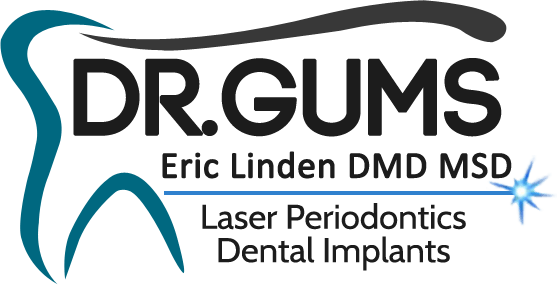CHICAGO – April 11, 2006 – Results of a new study support the hypothesis that periodontal therapy may improve metabolic control (lower HbA1c) in diabetic patients. This study appears in April’s issue of the Journal of Periodontology. Study Abstract *
The results suggest that periodontal therapy may reduce a diabetic patient’s HbA1c count by as much as 20 percent at three and six months following treatment. According to the American Diabetes Association, HbA1c provides patients with a picture of their average blood sugar changes in the past two to three months and gives them a good idea of how well their diabetes treatment plan is working. A healthy HbA1c count is between the ranges of 4.0 to 6.0.
“We found that conventional treatment for chronic moderate generalized periodontitis, which included a simple, non-surgical procedure called Scaling and Root Planing (SRP) lowered the study group’s HbA1c count from 7.2 to 5.7,” said study authors Prof. Antonio Bascones and Dr. Ricardo Faria-Almeida from Department of Medicine and Buccofacial Surgery of the Complutense University in Madrid Spain. “This could significantly put diabetic patients who are just above the normal HbA1c range into the healthy range and reduce their risk of serious complications from diabetes.”
Bascones cautioned that these findings should not be considered definitive or universally generalizable because of the study sample size. In addition, this study compared the response to conventional periodontal treatment between type 2 diabetic and non-diabetic patients with chronic moderate generalized periodontitis and did not include a group of diabetics that was not undergoing periodontal treatment. The absence of this information is a limitation because it is not known how diabetic patients who were not undergoing periodontal treatment would have progressed.
“For a long time we’ve know that diabetic patients have a higher risk of developing periodontal disease compared to non-diabetics,” said Kenneth A. Krebs, DMD and AAP president. “The results of this study provide additional evidence about the other side of the equation: that periodontal treatment may affect metabolic control in diabetic patients who have periodontal disease. While we can’t say periodontal treatment will definitively help, to date no reports indicate a harmful effect of periodontal treatment on a diabetic patient’s metabolic control.”
A referral to a periodontist in your area and free brochure samples including one titled Diabetes & Periodontal Diseases are available by calling 800-FLOSS-EM or visiting the AAP’s Web site at www.perio.org.
* EDITOR’S NOTE: Representatives of the media may contact the AAP Public Affairs Department to receive a copy of the study Clinical and metabolic changes after conventional treatment of type 2 diabetics with chronic periodontitis. Abstracts of Journal of Periodontology articles are available to the public online. Full-text of studies may be accessed by AAP members and Journal subscribers or purchased online for $20.
About the AAP
The American Academy of Periodontology (AAP) is the professional organization for

